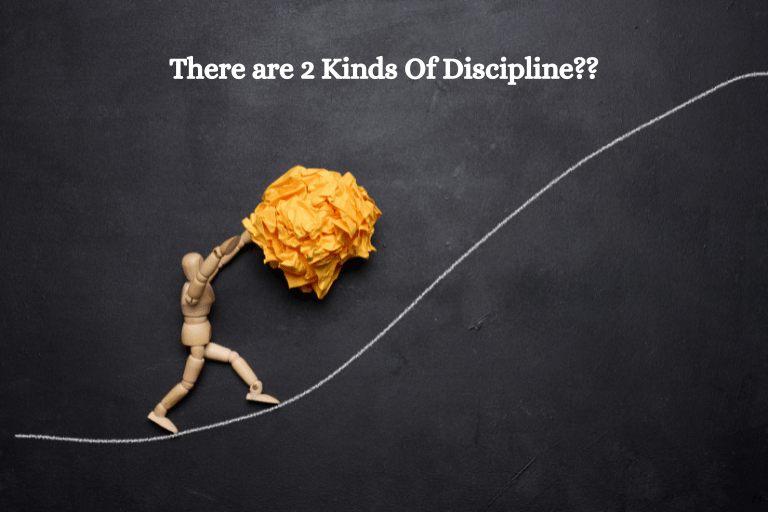It Looks Like Discipline. But It’s Quietly Killing Your Drive
The difference is razor-thin, and no one teaches it
I have a friend, let's call him Mark, he’s the poster child for discipline.
His routine is flawless. He’s up at 5 a.m. every single day.
Gym, cold shower, meditation, journaling, and a nutrient-dense smoothie.
He’s at his desk, ready to work, by 7:30 a.m. without fail.
From the outside, it’s the picture of success. It’s what every productivity guru on the internet sells you.
The other day over a coffee, he confessed something.
He said, "I don't know what's wrong with me. I do all the things I'm supposed to do.
But I feel nothing. No excitement, no satisfaction.
When I think about my goals, all I feel is tired. My drive is just… gone."
He felt like a fraud. He looked like the ideal. But he felt like an empty machine executing a program.
Does Mark’s story sound familiar?
We all know a version of this story. We’ve been sold a version of "discipline" that’s about brute force and rigidity.
We’re taught to build a perfect system and shame ourselves whenever we deviate.
We confuse consistency with inflexibility, and only build a cage, bar by perfect, well-meaning bar.
The Two Disciplines
I used to worship this kind of discipline.
I saw it as a moral virtue, a sign of strength. If I felt tired or uninspired, I’d push harder, convinced the problem was my own weakness.
But that approach has a hidden, heavy cost. It’s what leads to the state Mark is in: a quiet desperation where you’re doing everything right, but it doesn’t feel right.
What I've learned, the hard way, is that there are two kinds of discipline.
The first is Punitive Discipline. This is the rigid cage.
It operates on shame, fear, and a belief that you are fundamentally broken and need to be forced into shape.
It ignores context, mood, and your body’s signals.
It’s an accusatory voice that says, "You’re lazy," when you’re actually just exhausted.
It’s effective in the short term, but over time, it kills your drive.
The second is Supportive Discipline. This is a flexible framework built on self-trust.
It serves your well-being, not the other way around.
It has room for grace. It understands that some days require intensity, and others need a gentle approach.
This kind of discipline doesn't break you; it sustains you.
The difference between them is razor-thin, and almost no one teaches it.
Moving from a Cage to a Framework
Shifting from one to the other doesn’t happen overnight. It’s a practice.
It’s about learning to trust yourself again.
Here are a couple of things to think about:
1. Ask the "Why" Behind the "What"
Before you automatically follow your routine tomorrow, pause and ask yourself this question: "Is this serving me today, or am I just serving the routine?"
This isn't about creating an excuse. It's about bringing intention back into the process, choosing Attentiveness Over Ambition.
The goal is to ensure your actions are still connected to your core values, not just to a rule you made up.
2. Schedule a "Deliberate Imperfection."
What would happen if you intentionally broke one of your non-critical "rules" this week?
Maybe you sleep in for 30 extra minutes.
Maybe you skip the gym for a quiet walk outside instead.
The point isn’t to abandon your goals; it's to prove to your nervous system that you won't fall apart if you're not perfect.
It’s reintroducing flexibility and trust into a system that has become too rigid.
True discipline isn’t about how well you stick to a joyless routine.
It’s listening to yourself with enough respect to know when to push, and just as importantly, when to rest.


